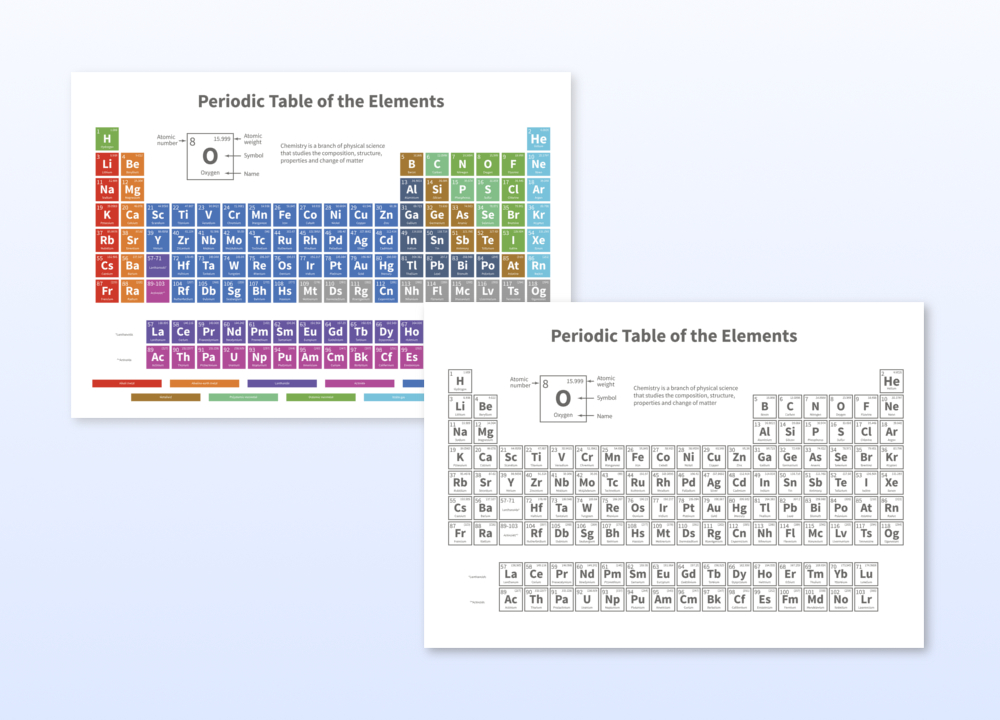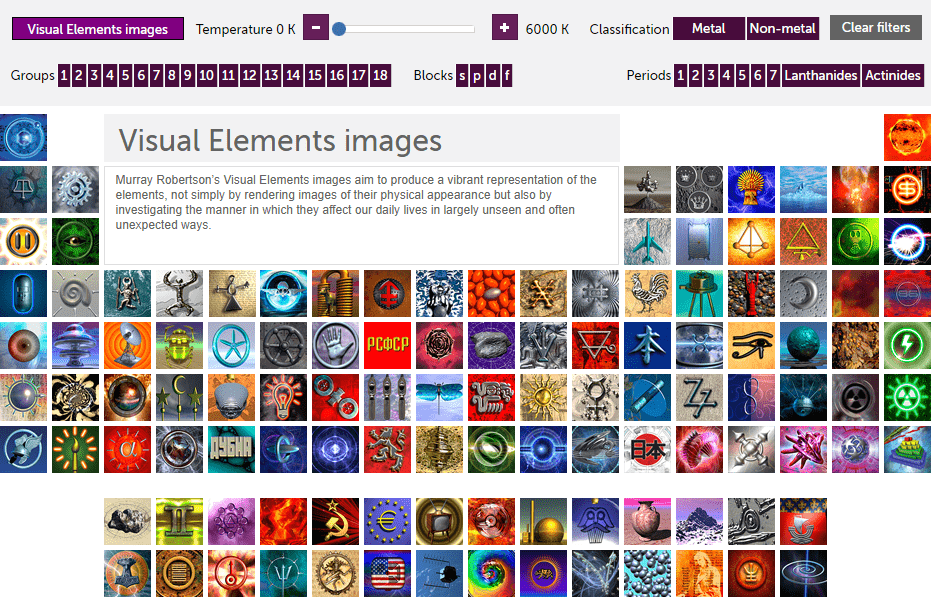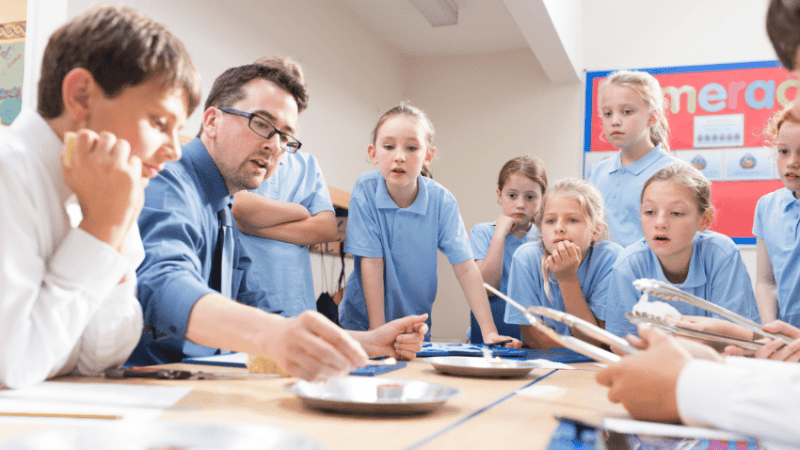Periodic table – 7 of the best science resources for teaching KS3 Chemistry

Cover all the elements with these lesson plans, printouts, activities and ideas for your secondary chemistry classroom…

- by Lloyd Burgess
- Former editor of Teachwire

What is the periodic table?
The periodic table is how we arrange all of the known chemical elements, and group similar ones together. These elements are what form everything in the world.
They can be a solid, liquid or gas, depending on temperature, and most occur naturally, for example oxygen, sodium, carbon, helium and gold.
Each square on the table includes a number, as well as some letters.
The letters are simply the chemical name for each element, eg copper is ‘cu’, while the number is the the atomic number (or proton number). This is the number of protons found in the nucleus of every atom of that element.
How many elements are in the periodic table?
There are currently 118 known elements, of these 94 are believed to exist naturally on Earth.
Who invented the periodic table?
The modern periodic table was created in 1869 by the Russian chemist Dmitri Mendeleyev.
How is the periodic table arranged?
The modern periodic table consists of horizontal rows, which are called, and vertical columns, which are called groups.
Periodic table groups
There are 18 of these in the modern periodic table, each represented by a vertical column.
Hydrogen, Helium, Lithium, Beryllium…Adamantium? Unobtainium?…er…the Infinity Stones?…HORCRUXES?!?
OK, so perhaps we don’t remember the precise order of everything on the periodic table of elements, but probably you’re far better versed with it than we are.
However, if you’re looking for some new and interesting ways of teaching it to your students we’ve picked out some of the best resources available.
KS3 science curriculum requirements
Pupils should be taught about:
- The varying physical and chemical properties of different elements
- The principles underpinning the Mendeleev periodic table (AKA Mendeleev’s table)
- The periodic table: periods and groups; metals and non-metals
- How patterns in reactions can be predicted with reference to the periodic table
- The properties of metals and non-metals
- The chemical properties of metal and non-metal oxides with respect to acidity
1 | Large printable periodic table

If you need decent-sized images to print out or share on devices then we’ve got a couple here. One has the colour coding, one does not.
You can download and print them here.
2 | Interactive periodic table

The Royal Society of Chemistry’s interactive periodic table features history, alchemy, podcasts, videos, and data trends across the periodic table.
You can click each element to read detailed information, and the tabs at the top to explore each section. Plus, you can use the buttons to change your view of the table. We tried it and it was like a child messing with the Christmas tree light settings.
It also includes Murray Robertson’s Visual Elements images (seen in the picture above), which aim to produce a vibrant representation of the elements, not just by rendering images of their physical appearance but also by investigating the manner in which they affect our daily lives in largely unseen and often unexpected ways. Fancy.
Try it out at rsc.org/periodic-table.
3 | History of periodic table – How are elements arranged in the periodic table?

Taking its inspiration from the recent discovery of new elements in the periodic table, this chemistry lesson from Dr Joanna Rhodes is intended to get your students thinking about about how elements have been discovered, named and organised according to rules set by the International Union of Pure and Applied Chemistry.
The students are then tasked with coming up with their own element names, and deducing the positions of various elements in the periodic table by investigating their properties.
Finally, they contemplate whether we may have reached the ‘end’ of of the periodic table – and if not, what the implications would be if any new, heavier elements were to be discovered.
Download this free lesson plan here.
4 | Periodic table song – ‘The Elements’ by Tom Lehrer
This one’s just for fun. If you’re not familiar with Tom Lehrer’s song listing all of the elements you should be, and your students should be too. If for nothing else it’s worth it for his audacious effort to rhyme ‘Harvard’ with ‘discovered’.
5 | My favourite chemical element

To many students being introduced to it for the first time, the periodic table will be mostly a random assortment of sciency words, and even with the ones they have heard of they might struggle to name a use for it.
This series of videos on stem.org explore the chemistry of the modern world by asking colleagues, celebrities and scientists to choose their favourite element and explain why they liked it so much.
It’s a great way to get a glimpse into what different scientists are doing with various elements today, and learn a bit about each one along the way.
6 | The genius of Mendeleev’s periodic table
This short TedEd video and accompanying questions and resources look at why Dmitri Mendeelev’s periodic table is the one that has endured, even though the elements had been listed and carefully arranged, and even organised by similar properties before.
Lou Serico explains via Ekaaluminium, an element whose existence Mendeelev predicted decades before it was discovered why this might be the case.
It’s full of enthusiasm without delving into trainspotter levels of fanboying, with lines like: “The periodic table isn’t just another trendy icon. It’s a massive slab of human genius, up there with the Taj Mahal, the Mona Lisa, and the ice cream sammich.”
7 | Elements treasure hunt

These information sheets detail each element and their uses in the form of the periodic table, and includes a handful of suggested activities.







